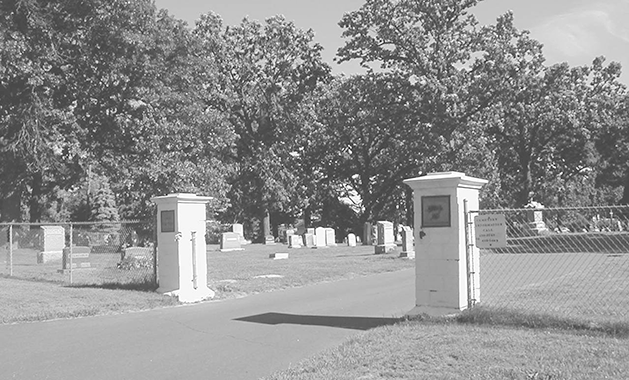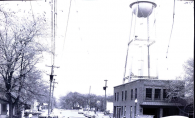
Union Cemetery, located just south of Highway 96 West, began humbly as a few family graves on the William W. Webber farm in the 1860s. By 1877, it was apparent that the community needed a non-denominational option, and Webber incorporated the cemetery. He and his family maintained the property and the records for many years; today, a board of trustees performs those tasks.
Much can be learned about the early European settlers of our area through the stones marking their graves. The older graves are located in the southern portion of the cemetery, and throughout this area are many wonderful examples of late 19th-century symbolism. Stones of early settlers of our area include images of leaves and ivy to symbolize immortality. The graves of children are often marked with sculptures of lambs to represent the innocence of childhood, or logs to represent the “tree of life” being cut short.
When Union Cemetery was established, it was only the second cemetery in the area (the first was St. John’s Episcopal Cemetery off of today’s White Bear Avenue). Union Cemetery became the final resting place for many of the first European settlers to call this area home, including several Civil War veterans such as Caspar Bloom and “Sew” Smith, general store proprietor Daniel Getty, and special education pioneer Hattie Long.
Each Memorial Day, a small parade makes its way from White Bear Lake City Hall to the Civil War Memorial on the south end of the cemetery for a brief ceremony to honor those who have served. On any given day, it is not unusual to see people meandering through the rows of headstones, paying their respects and taking in the tidbits of information about the individuals buried there. Those markers reflect a community that places great value on its history and honoring those who came before us.
Sara Markoe Hanson is the executive director of the White Bear Lake Area Historical Society.









